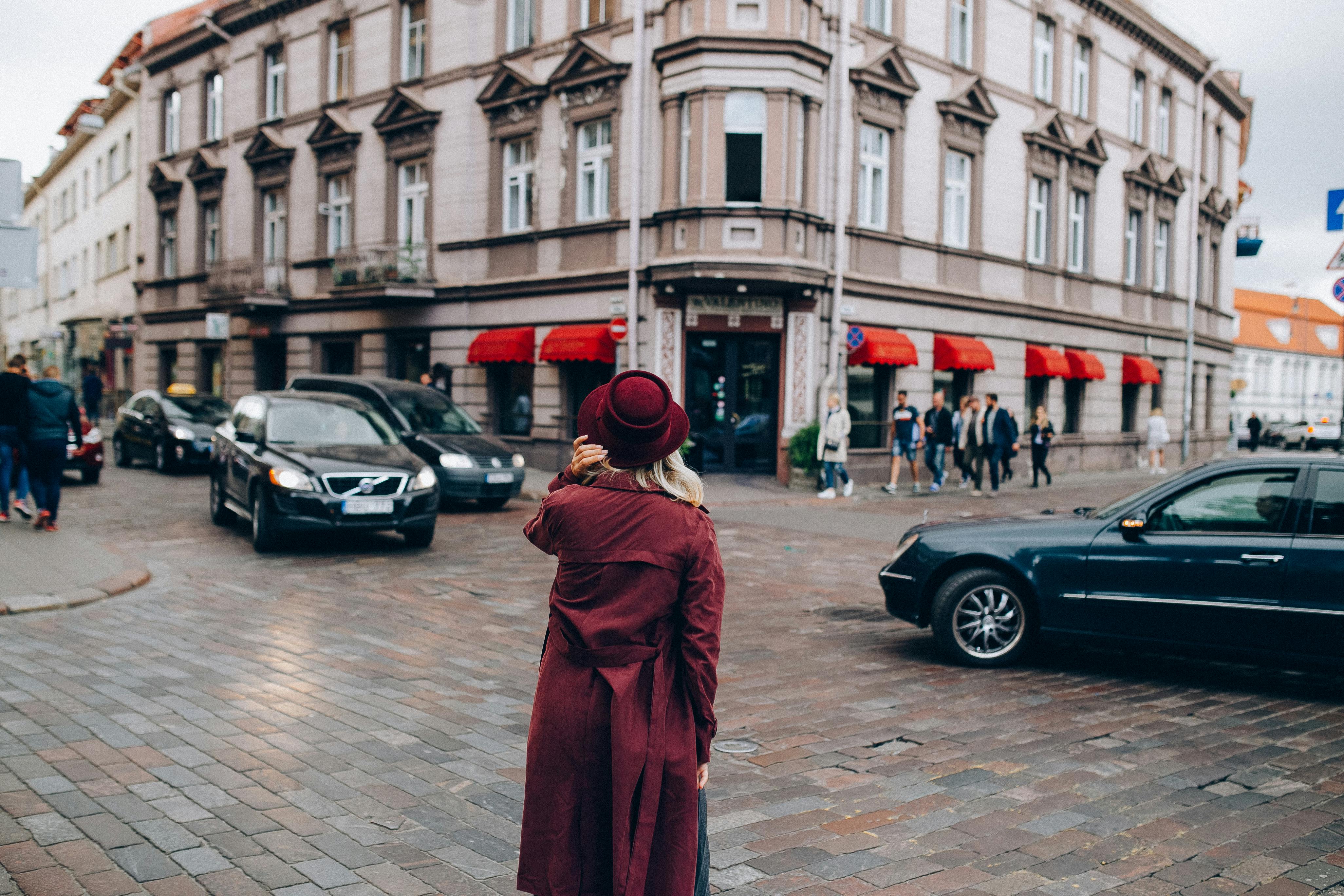
Kruger National Park
a quick glance
The Kruger National Park is one of the largest national parks in the world. It covers two million hectares of land and stretches for more than twenty thousand kilometers along the Mozambique border. It is the jewel in South Africa’s crown, foremost among its various game reserves and among the best in Africa. Kruger is a leader in preserving the environment. It boasts of 1,982 species of plants, 336 species of trees, 517 species of birds, 52 species of fish, 35 species of amphibians, 120 species of reptiles, and 147 species of mammals. The park was initially created for the purpose of protecting its dwindling wildlife. Kruger’s history began in 1898 and was then known as the Government Wildlife Park. It was later renamed the Sabi Game Reserve, evolving into what is known today as the Kruger National Park. It is named after Paul Stephanus Johannes Paulus Kruger, the South African President who spearheaded the movement to preserve South African wildlife from the destruction that poachers have caused. Apart from its amazing wildlife, KNP also has over a hundred rock paintings left behind by forest men who used to search for animals in the area thousands of years ago.
the Regions of the Kruger National Park
Different types of animals populate the Kruger. The central area of the park is mostly populated by lions, hyenas, leopards and cheetahs. There is plenty of grass in this area as well as trees which attract giraffe, antelope, buffalo, zebra and wildebeest. The central region only covers 30% of the total land area of the Kruger Park, but is home to more than 50% of its lions. The far north region of the park is dominated by Mopane trees. Although mostly dry and flat, areas within the region with higher levels of rainfall favor the growth of dense Mopane groves. Lions, cheetahs and leopards are seen here, but elephants and buffalo are more abundant. This area is considered the best for viewing Nyala, Sable, Roan and Eland deer. The northern region, while still populated with Mopane trees, is mixed with Leadwood, Apple Leaf, Jackalberry, and Nyala trees. There are elephants, zebras and buffalo along with ostrich and tsessebe. The southern region occupies one fifth of the park’s total land area. There is dense vegetation and it has the largest population of rhinos. A KNP map can be found showing the areas and regions of the park that are best to visit.
Activities
A safari in the Kruger National Park is made up of several activities, the most important of which is game drives. These safaris last approximately three hours and take place early in the morning, mid-morning or at sunset. These are usually the highlights of the trip. Bush walks are another way to experience nature up close. Track rhinos, elephants, and lions, but you can also spot the park’s smaller inhabitants, such as birds, termites, and monkeys. Walking safaris allow you to experience nature in an intimate way. Hiking the wilderness trails requires some level of fitness for most people, requiring around twenty kilometers a day to be walked, albeit at a leisurely pace.
Accommodation in the Kruger National Park
Kruger Park has 21 rest camps, 2 private concession lodges and 15 private safari lodges.
Weather in Kruger National Park
The rainy season at The Kruger begins in September and ends in May. Summer is very hot with temperatures up to 38 degrees Celsius. The best time to visit the park is during the winter dry season. This is due to several reasons. At this time, there is a lower chance of contracting malaria in the park, the days are milder, and there is a better chance of spotting wildlife because they generally drink from the water holes in the morning and at night.